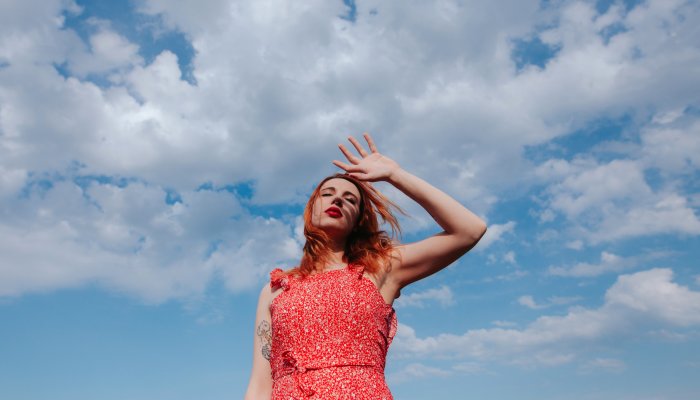

Your sleep chronotype dictates your ideal sleep-wake window. As circadian rhythm researcher Sofia Axelrod, Ph.D. explained to me, those who have a chronotype that’s longer than 24 hours naturally want to stay up later and sleep in later, while those with shorter chronotypes are happy waking up early and going to bed early.
I definitely fall somewhere on the longer chronotype side. However, my work schedule isn’t conducive to sleeping in too late, so I’ve had to make some compromises. After tracking my sleep with an Oura ring, I’ve found that I have my best sleep quality (most time spent in REM and deep sleep) when I’m asleep by 11:30 p.m. and up by 8:00 a.m. It’s not going to be an ideal window for everyone, but for me, it’s a sweet spot between my body’s natural schedule and my work schedule. On nights when I’m able to sleep during these hours, I feel much better in the morning.
If you don’t use a sleep tracker, you can also measure your chronotype the old-fashioned way. The next time you have a few days when you don’t have to wake up at a certain time, see what time your body naturally gets tired and wakes up when you don’t set an alarm. (Going camping is a great way to discover your natural rhythm too.)








